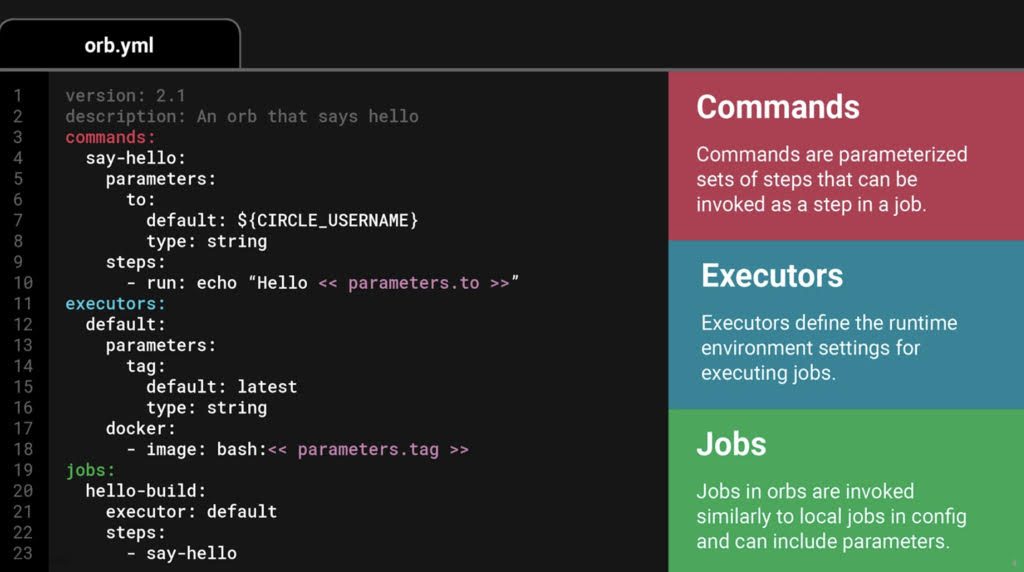CircleCI Extends Kubernetes Reach of CI/CD Platform
CircleCI has extended the reach of its continuous integration/continuous delivery (CI/CD) platform into the realm of Kubernetes via technology partnerships with Amazon Web Services (AWS), Microsoft, VMware, Red Hat and Kublr.
Also, CircleCI has added integrations with Helm, an open source tool for launching Kubernetes clusters; the Kubernetes management platform from Nirmata; Code Stream application release management software from VMware; and a continuous delivery platform from DeployHub.
Finally, CircleCI is also adding integrations with container registries from AWS, Google, Microsoft and Docker Inc.
Tom Trahan, head of business development for CircleCI, says that while modules within its CI/CD platform already run on Kubernetes, these extensions will make it easier for organizations that employ its platform to incorporate multiple Kubernetes deployment options and tools within the context of a larger set of DevOps processes. CircleCI expects to have all the modules that make up its platform running on Kubernetes soon, says Trahan.
CircleCI has been making the case of a highly customizable namesake CI/CD platform built around “orbs” that enable DevOps teams to create reusable components and pipelines and add additional tools as they see fit.
While the adoption of best DevOps practices has tended to be uneven at best, a sharp increase in the number of organizations that have adopted containers to build microservices-based applications is likely to force the DevOps issue inside most applications. The number of dependencies that exist between all the microservices that make up an application, coupled with the ephemeral nature of the containers themselves, almost requires organizations to embrace a CI/CD platform.
In time, however, competition between providers of those CI/CD platforms will be focused more on the overall orchestration of the environment rather than the core platform. CircleCI is an early supporter of the Continuous Delivery Foundation, an arm of The Linux Foundation that is committed to making it easier to reuse pipelines across open source CI/CD platforms. As that work progresses, it will become easier for each organization to create a DevOps environment made up of modules that can be replaced almost at will, assuming a common management plane is in place, Trahan says.
Organizations are trying to strike a balance between simplicity by standardizing on tools and platforms whenever possible. However, the minute they need a new capability, invariably they also want the platform to be infinitely extensible, notes Trahan.
It may take a while for the battle for control over DevOps to fully play out in the months and years ahead. In the meantime, organizations that have embraced containers to build and deploy applications will need not only to consider how to implement those processes within their organizations but also across development teams that work for other organizations, as microservices start to span multiple organizations. In fact, most organizations today are only experiencing the very early stages of what promises to be a dramatic increase in complexity that, while reducing reliance on monolithic applications, somewhat paradoxically promises to make organizations more agile.





